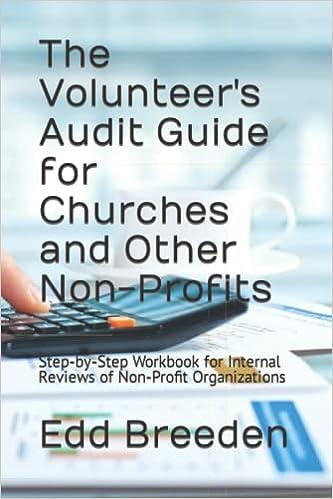
Question 1 (Production externalities) An airport is located next to a large tract of land owned by a housing developer. The developer would like to build houses on this land, but noise from the airport reduces the value of the land. The more planes that fly, the lower is the amount of profits that the developer makes. Let X be the number of planes that fly per day and let Y be the number of houses that the developer builds. The airport's total profits are 72XX2, and the developer's total profits are 90YY2XY. Let us consider the outcome under various assumptions about institutional rules and about bargaining between the airport and the developer. In all your answers, explain your work. (a) "Free to Choose with No Bargaining": Suppose that no bargains can be struck between The airport and the developer and that each can decide on its own level of activity. No matter how many houses the developer builds, what is the number of planes per day that maximizes profit? Given that the airport is landing those profit maximizing number of planes, what is the number of houses that maximizes the developer's profits? What are the total profits of the airport? Of the developer? (b) "Strict Prohibition": Suppose that a local ordinance makes it illegal to land planes at the airport because they impose an externality on the developer. Then no planes will fly. How many houses will the developer build and what will be total profits? (c) "Lawyer's Paradise": Suppose that a law is passed that makes the airport liable for half the damages to the developer's property values. What would be the developer's profit if no planes are flown? What would be the total amount of damages awarded to the developer if any planes are flown? What would be the developer's profits after taking into account the payment received in damages? Explain the logic behind your answers. (d) From the arrangement in (c), how many houses will the developer build that maximize its profits net of damages? How many planes will the airport choose to land? What will be the total profits of the developer and the airport? (e) "The Conglomerate": Suppose that a single firm bought the developer's land and the airport and managed both to maximize joint profits. What are total profits as a function of X and Y ? What are the profit maximizing values (rounded up if need be) for X and Y and resulting maximized joint profits? (f) What do you conclude comparing the four types of arrangements in terms of total profits? Question 1 (Production externalities) An airport is located next to a large tract of land owned by a housing developer. The developer would like to build houses on this land, but noise from the airport reduces the value of the land. The more planes that fly, the lower is the amount of profits that the developer makes. Let X be the number of planes that fly per day and let Y be the number of houses that the developer builds. The airport's total profits are 72XX2, and the developer's total profits are 90YY2XY. Let us consider the outcome under various assumptions about institutional rules and about bargaining between the airport and the developer. In all your answers, explain your work. (a) "Free to Choose with No Bargaining": Suppose that no bargains can be struck between The airport and the developer and that each can decide on its own level of activity. No matter how many houses the developer builds, what is the number of planes per day that maximizes profit? Given that the airport is landing those profit maximizing number of planes, what is the number of houses that maximizes the developer's profits? What are the total profits of the airport? Of the developer? (b) "Strict Prohibition": Suppose that a local ordinance makes it illegal to land planes at the airport because they impose an externality on the developer. Then no planes will fly. How many houses will the developer build and what will be total profits? (c) "Lawyer's Paradise": Suppose that a law is passed that makes the airport liable for half the damages to the developer's property values. What would be the developer's profit if no planes are flown? What would be the total amount of damages awarded to the developer if any planes are flown? What would be the developer's profits after taking into account the payment received in damages? Explain the logic behind your answers. (d) From the arrangement in (c), how many houses will the developer build that maximize its profits net of damages? How many planes will the airport choose to land? What will be the total profits of the developer and the airport? (e) "The Conglomerate": Suppose that a single firm bought the developer's land and the airport and managed both to maximize joint profits. What are total profits as a function of X and Y ? What are the profit maximizing values (rounded up if need be) for X and Y and resulting maximized joint profits? (f) What do you conclude comparing the four types of arrangements in terms of total profits







